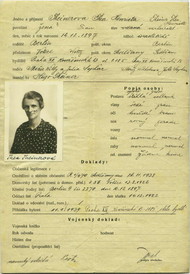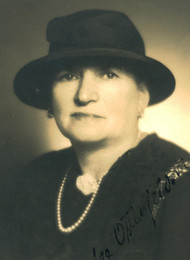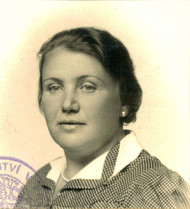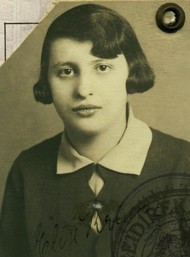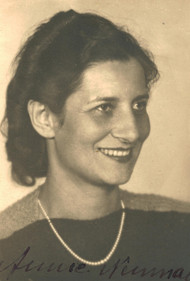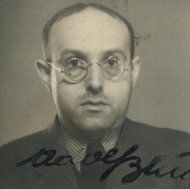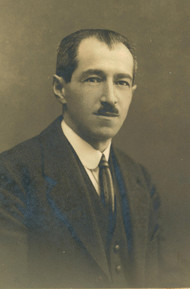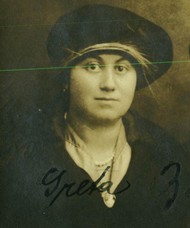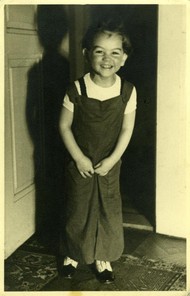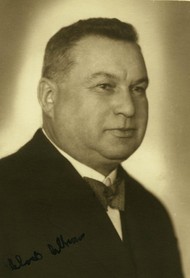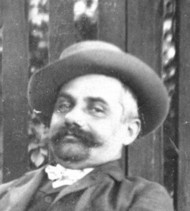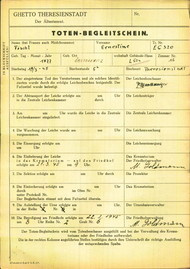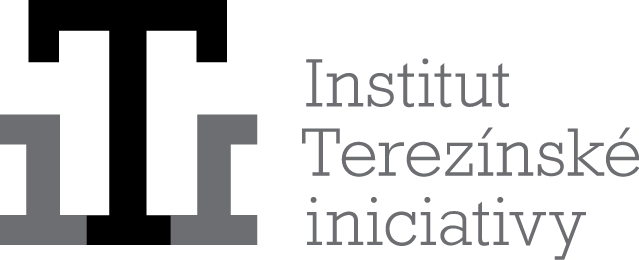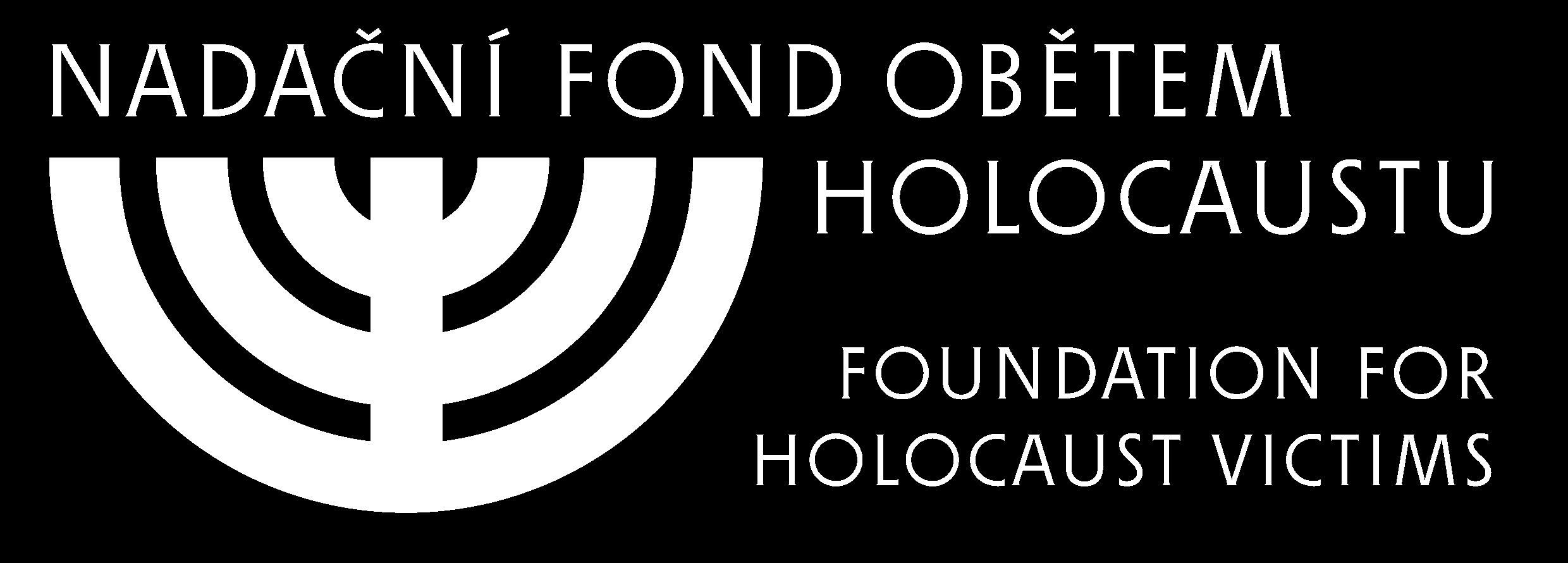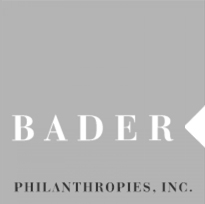At the end of 1941, a labour camp was established at Trawniki, south of Lublin, in a former sugar factory. It later served as a camp for Soviet prisoners of war and Polish Jews. It fell under the command of Odilo Globocnik, a high-ranking SS and police commander in the Lublin area.
In spring 1942, Jews were deported here from Germany, Austria and the Protectorate of Bohemia and Moravia. Many of them died of hunger or exhaustion, some were deported to the Bełżec camp and others were shot in a nearby wood.
The camp served as a training ground for inexperienced SS members and Ukrainians who had been captured in the war and were willing to cooperate, as well as for Volksdeutsche
, ethnic Germans living outside Germany. After their training, many of them were employed as guards in the extermination camps of Treblinka, Sobibor and Bełżec.
In 1942, a brush factory was moved to the camp. After the Warsaw Ghetto was shut down, Fritz Schultz's tailoring, fur-making and broom-making workshops were transferred to Trawniki. Among the workers were Dr. Emanuel Ringelblum and 33 members of the Żydowska organizacja bojowa
Jewish resistance organisation, who planned an uprising and escape from the camp.
In May 1943, Jews from the Netherlands, Białystok, Minsk and Smolensk were sent to Trawniki to work in the factory there, which produced articles for the Wehrmacht. In October, production was extended. Jewish prisoners also worked in the camp's surroundings, shifting earth and digging peat.
After the uprising in Sobibor in October 1943, Himmler, fearing further such rebellions, decided to kill all the Jews who were still alive in labour camps in the Generalgouvernement. On the 5th of November, ten thousand Jews were murdered in Trawniki. The members of the underground group rose in revolt, but they were all killed fighting with guards. In spring 1944, the remaining prisoners were taken to the camp in Starachowice, and the camp was closed.
In all, over 20 000 Jewish prisoners passed through the camp.
-
Literature:
-
Kraus, Ota a Kulka, Erich. Noc a mlha (Nacht und Nebel). Praha: Naše vojsko, 1966. 431 s.
-
Mildt, Dick de. In the Name of the People: Perpetrators of Genocide in the Reflection of Their Post-War Prosecution in West Germany: The "Euthanasia" and "Aktion Reinhard" Trial Cases (Im Namen des Volkes: Die Übeltäter des Genozids in Anbetracht ihrer Nachkriegsverfolgu. Hague: Nijhoff, 1996. 442 s.
-
Gutman, Yisrael a Saf, Avital. The Nazi Concentration Camps: Structure and Aims: The Image of the Prisoner: The Jews in the Camps (Die nazistischen Konzentrationslager: Aufbau und Ziele: Das Bild eines Häftlings: Die Juden in den Lagern). Kernermann Publishing, 1997. 746 s.
-
Veber, Václav. Židé v novodobých dějinách: Soubor přednášek na FF UK (Juden in der neueren Geschichte: Eine Sammlung von Vorträgen an der Filosofischen Fakultät der Karlsuniversität). Praha: Karolinum, 1997. 323 s.



